
Chiriquí
Valley of the moon
Chiriquí is one of the most popular tourist destinations in Panama for its biodiversity, natural scenery, tourism products and its coffee, which has won multiple awards and is considered the best coffee in the world.
Located in the country’s northwest, near the border with Costa Rica, you can visit beautiful beaches in the Gulf of Chiriquí, picturesque mountains in its Highlands District, and the highest mountain in Panama: the dormant Barú Volcano.
Boquete
Valley of flowers
Boquete is a cozy mountain town located in the north of Chiriquí province; it is one of Panama’s main tourist destinations, as well as a place recognized worldwide as ideal for retirement. It receives visitors throughout the year given its attractive mountain climate, diversity of colorful flowers, its slopes covered with trails and waterfalls, its gastronomic offer, its variety of tourist activities and its coffee plantations.

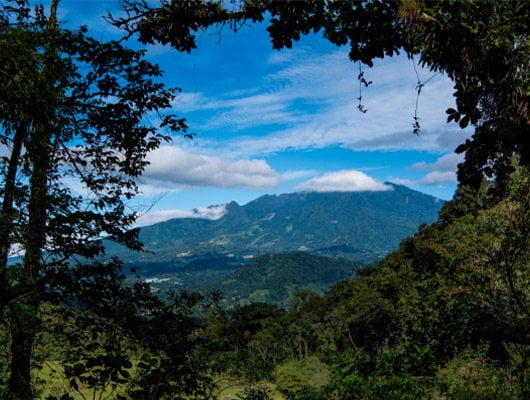
It is located within a valley in the shadow of the Barú Volcano, a dormant volcano that is 11,400 ft. (3474m) high, among the highest in Central America, a place where, on clear days, you can see the Atlantic and Pacific Oceans at the same time. The volcano and the surrounding land are home to five different ecosystems, due to a combination of mountainous tropical rainforests, as well as the consequences of volcanic eruptions that occurred millions of years ago.
Ecotourism is one of Boquete’s main activities, bird watching being one of the favorites. 403 species have been observed here, including the resplendent quetzal, possibly one of the most beautiful birds in the Americas. In addition, you can find tanagers, warblers and trogons.

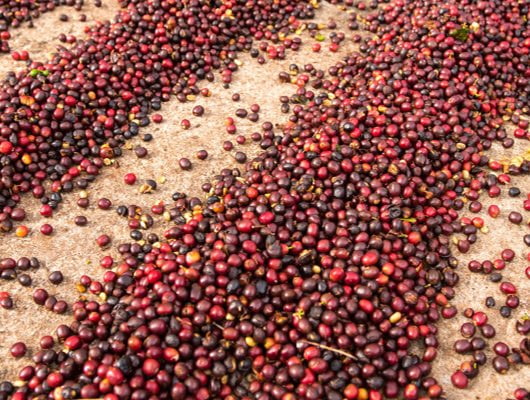
An important fact about Boquete is that Geisha coffee is grown here, a variety that occupies first place in the world market. It can be tasted in the most exclusive cafés in the world.
What to do in Chiriquí?
In Chiriquí you can enjoy a combination of educational, ecotourism and extreme adventure activities such as:
- Panoramic Boquete
- Coffee farms
- Butterfly and Honey House
- Caldera thermal wells
- La Amistad National Park and Barú Volcano
- Bird watching
- Nature trails and Los Quetzales
- Canopy tours
- Rum Tour
- Hanging bridges
- Tea tour
- Rock climbing
- Hike to the top of Barú Volcano
- Gulf of Chiriquí National Marine Park
- Beach excursions
- Snorkeling
- La Panela
- Spa
- Whale watching (seasonal)
- River rafting
- Tennis
- Golf
- Organic farm
- Farms in Volcán - Hiking
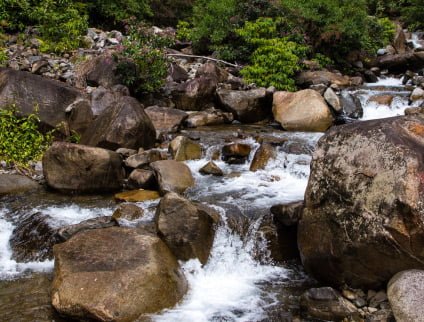
Traveling to Boquete
You have several ways to get to Boquete…
- Flying
Panama has two domestic airlines: Air Panama, which operates from Marcos A. Gelabert International Airport located in Albrook, and Copa Airlines, which operates from Tocumen International Airport. The flight to Enrique Malek Airport in David takes about an hour.
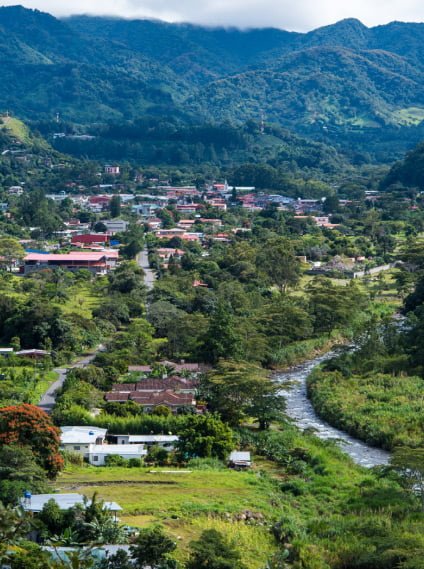
- Driving from David
Boquete is located approximately 50 minutes from David, the capital of Chiriquí province. There are several car rental agencies at the airport.
When exiting the airport turn left and drive about 2.1 miles (3.4 km) until you reach a police station on the right hand side of the road; turn left onto Miguel Brenes Street (also known as Calle F Sur). Continue on this avenue for 1.1 miles (1.8 km) –you will pass a McDonald’s and a Super 99– until you reach the Pan-American Highway, a four-lane boulevard; turn right. After driving 1.7 miles (2.7 km) you will see a KFC on the left side, then the Toyota dealership and a sign that says Boquete; turn left. You are now on the road to Boquete, which takes about 40 minutes. Halfway you will find a fork, with a Terpel gas station in the center; keep to your right towards Boquete.
We recommend using Waze or Google Maps to make the trip easier.
You can also take a taxi; one-way cost is approximately US$49.00.
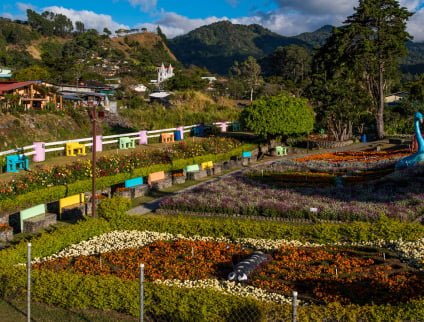
- Driving from Panama City
Boquete is located 305 miles (490 km) west of Panama City, approximately 6.5 hours by car. Take the Pan-American Highway towards David, Chiriquí; the midpoint is the city of Santiago.
When you arrive in David, on your right hand side you will find a TGI Friday’s and a sign that says Boquete; turn right. You are now on the road to Boquete, which takes about 40 minutes. Halfway you will find a fork, with a Terpel gas station in the center; keep to your right towards Boquete.
We recommend using Waze or Google Maps to make the trip easier.
The hotel offers a shuttle service to and from Enrique Malek Airport in David. Please let us know if you will require this service at the time of making your reservations.
Panama, gastronomic destination.
From earliest times, Panama was a land bridge for indigenous peoples between North and South America. With the arrival of the Spaniards, Panama became a transit zone between East and West, the Pacific and the Atlantic, Asia and Europe, for people of various ethnicities and cultures. In turn, the exchange of plants and animals between America, Asia and Europe, changed the culinary traditions of the whole world.
Panama is a multicultural nation like few others, in which, in a very small country, a large number of people from all over the world have decided to settle, a mosaic of ethnicities and cultures that have permeated our customs for more than five centuries.
The variety, versatility, and multi-ethnic influence of Panamanian gastronomy, from its casual food and colorful markets, to the most sophisticated expression of its cuisine, represent new, one-of-a-kind experiences.


